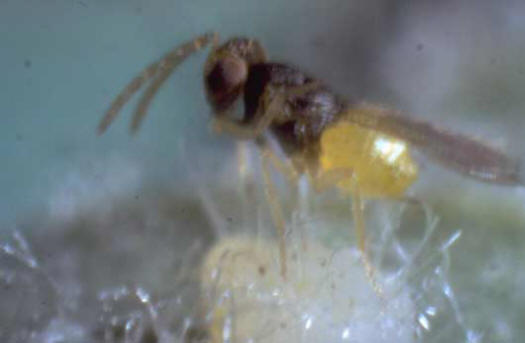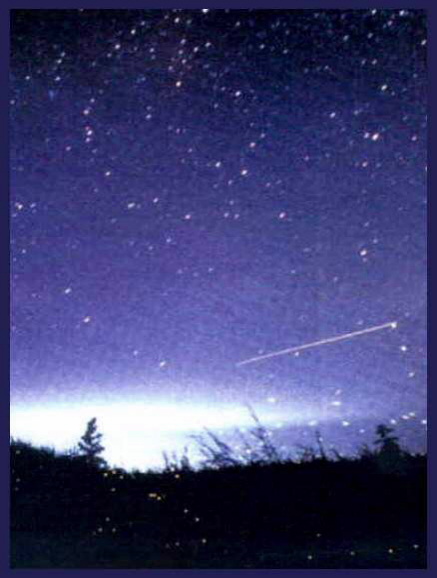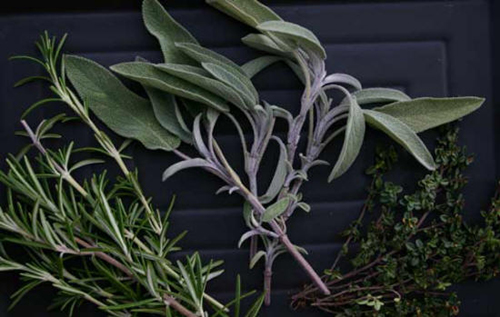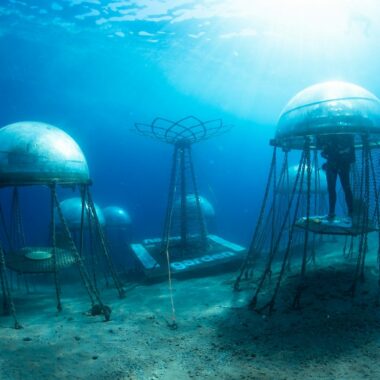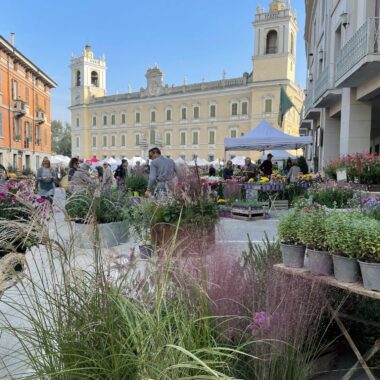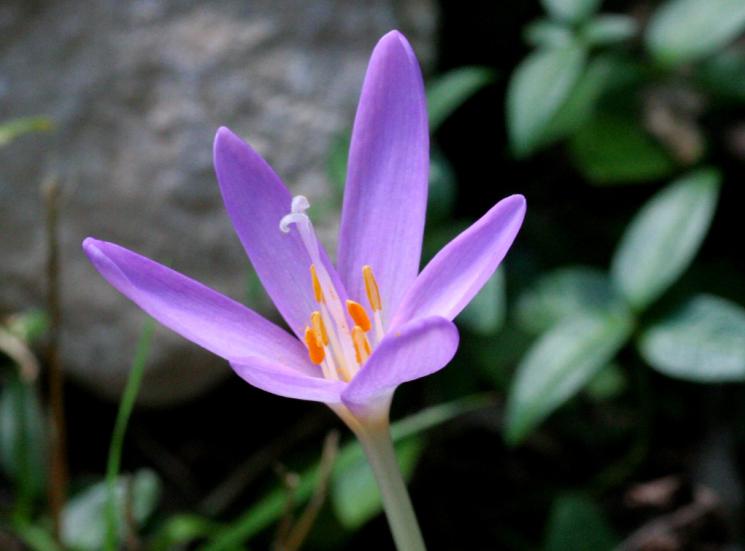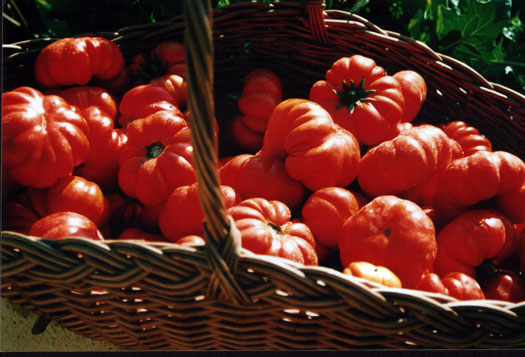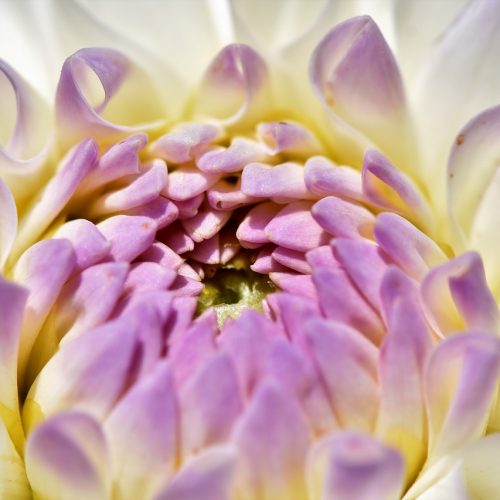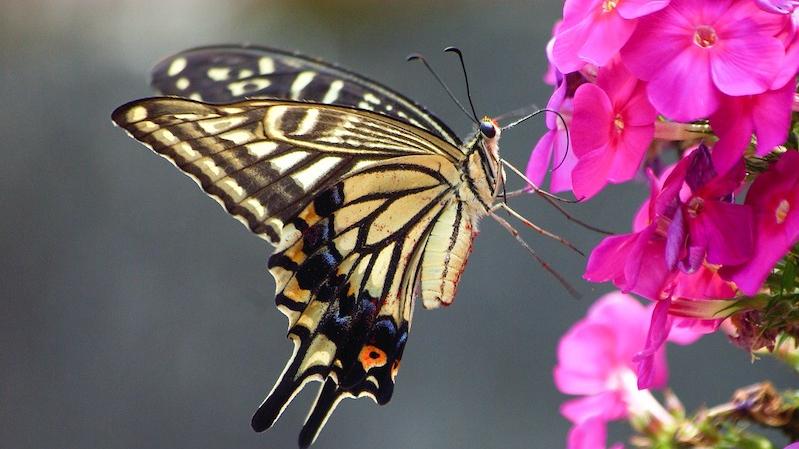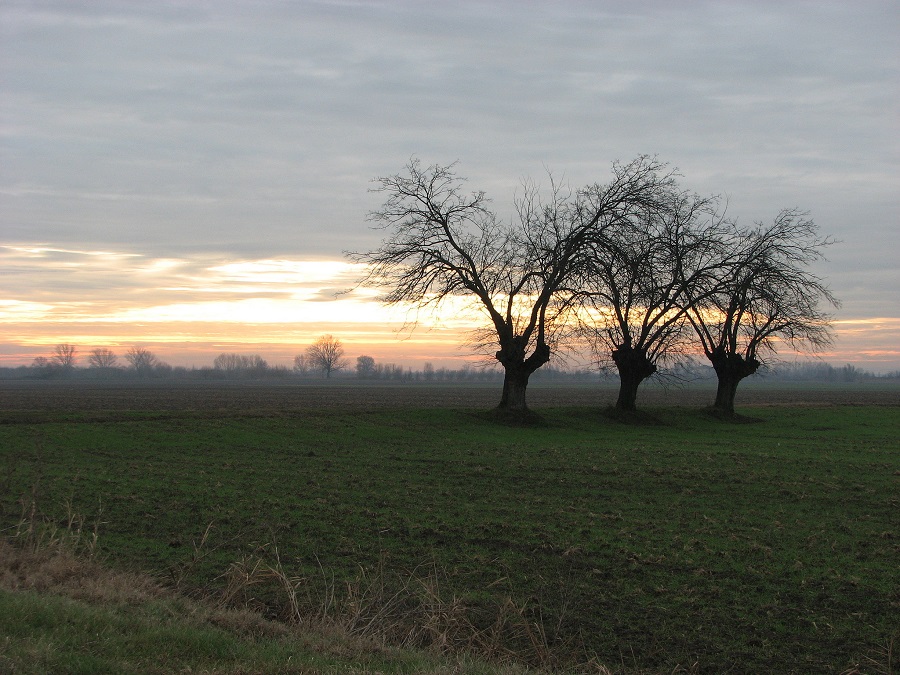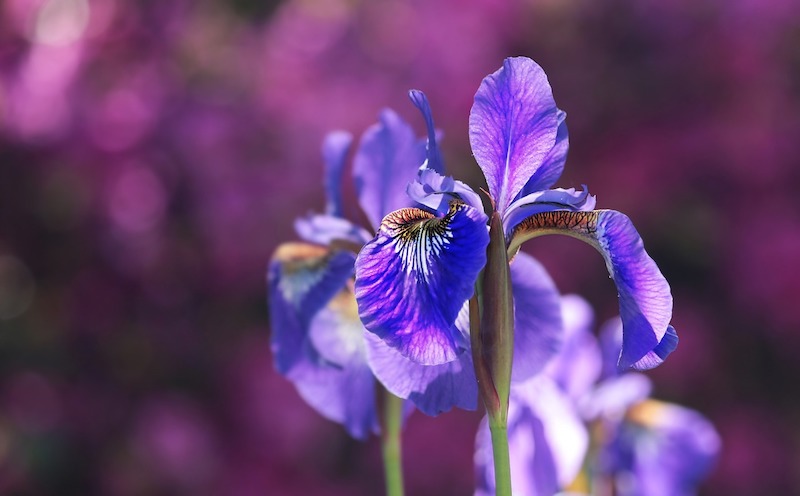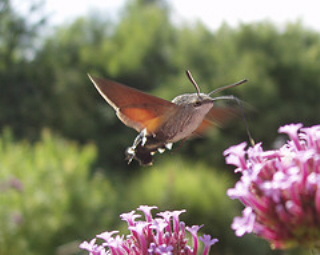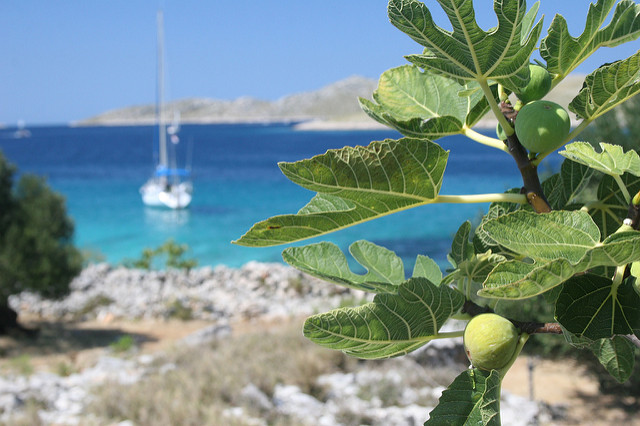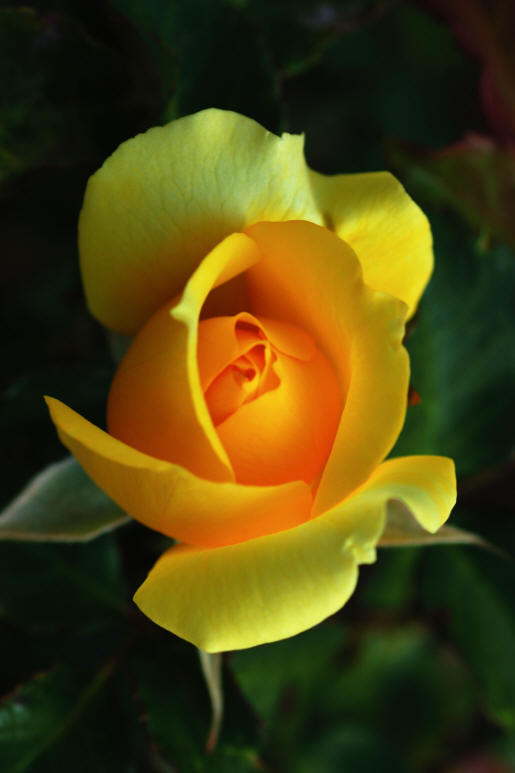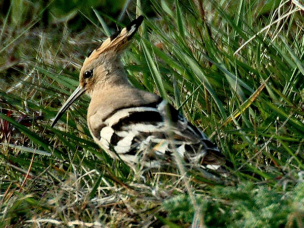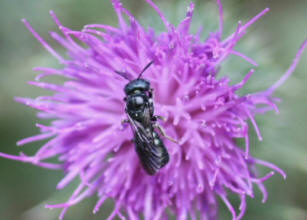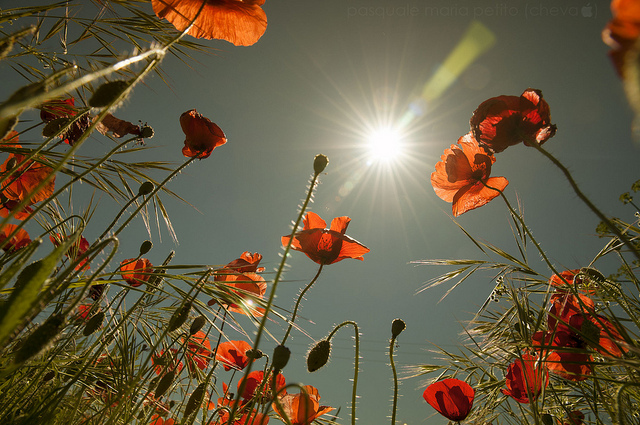Natural solutions to whiteflies and aphids
Until recently the solution to this problem was to spray the plant with toxic pesticides, which curiously, also kill nature’s own remedy to the problem… the parasitic wasp. There are hundreds of species of parasitic wasp, some feed on caterpillars and spiders and some lay their eggs on aphids and whitefly… helping the gardener immensely!
In Italian gardens one can usually find a greenhouse or conservatory for over-wintering lemons, oranges and other tender plants. Whiteflies tend to manifest themselves in great numbers in these warmer places and can prove to be a major nuisance to the plants. Controlling the conservatory with a toxic spray is not a suitable control, given that it is also an ideal place for the owner to have breakfast or in which to spend time in the evening etc. However by using these minute parasitic wasps to do the job we can avoid harmful toxins and they do not sting us and are totally harmless. This is clearly by far the most ecological solution and they are now widely available, even online.
Italian gardens are certainly not the only gardens to be effected by aphid and whitefly damage. These tiny insects have created havoc across the globe, not only for their direct damage to plants but also because we humans have sprayed them with just about every insecticide we have on OUR food crops for the past 40 years in order to kill them. Aphids and Whitefly are sap-sucking insects that gather on the underside of leaves and on the stems of lush plants. Although the direct damage they cause does harm the plant, the viruses carried by them are far more menacing and cause the real damage.
The eggs are laid inside the pest’s body and the body of the pest (aphid, whitefly, cabbage worm, tomato hornworm etc) then becomes both the food and an ideal place for the larvae to develop. When fully developed the larva then laves the body of the pest by making a tiny hole from which it emerges as an adult wasp to continue its good work.
There are two main groups of these wasps, the first being the Braconids which feed on various species of aphids, webworms, hornworms, armyworms, leaf rollers and many others. Whereas the Chalcid group are used more for small grubs and caterpillars, such as the cabbage worm, tomato worm, codling moth and again many others.
Curiously these wasps have been in use since 1926, when they were first discovered and although their use is currently restricted to greenhouses they are extremely useful and fascinating creations. I often wonder what would have happened if research into biological treatments such as these had received the same monstrous amount of investment as the pesticide industry?
Below: Encarsia formosa feeds predominantly on whitefly
by Jonathan Radford, garden designer


